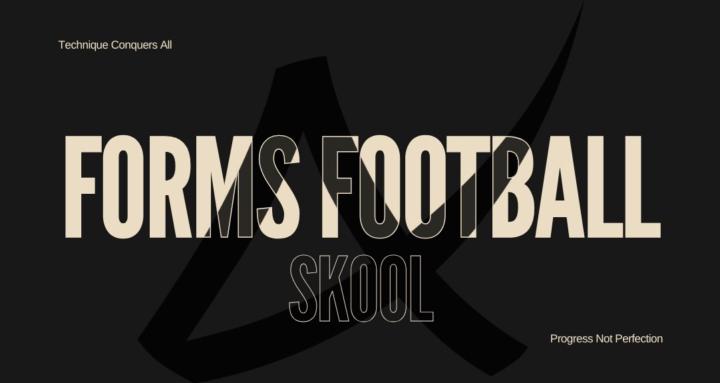Sep 12 (edited) • Forms Academy Insights
Dual-Task Overload and Neural Adaptation in Youth Football Development
This exercise looks simple at first glance: dribble through cones, toss or bounce a tennis ball, then play into a wall and explode out. But when you watch players attempt it, you’ll notice the complexity of the exercise challenging the players’ brain as they navigate the process. Some freeze mid-action. Some throw and kick at the same time. Others roll a soft pass that barely reaches the wall. These “short circuits” aren’t mistakes, rather, they are evidence of the brain under construction.
The upcoming paper breaks down why this happens at a neurological level. We’ll explore the motor cortex, cerebellum, basal ganglia, and prefrontal systems, and explain why overloaded players hesitate or misfire. More importantly, we’ll look at how these errors are the raw material of development. The paper will show how repeated exposure to dual-task conflict builds neural efficiency, leading to long-term automaticity, weak-foot mastery, and match resilience.
2
3 comments
powered by

skool.com/forms-football-skool-9380
The official community of Forms Academy. Where parents & coaches learn the science, systems, & philosophy that raise elite youth footballers (soccer).
Suggested communities
Powered by
